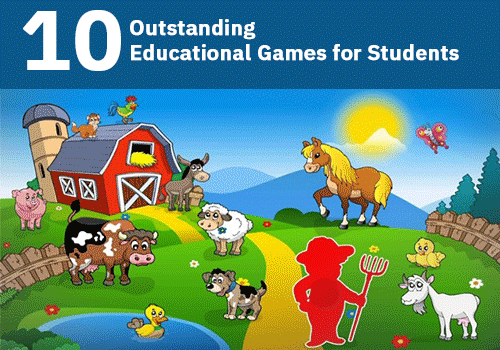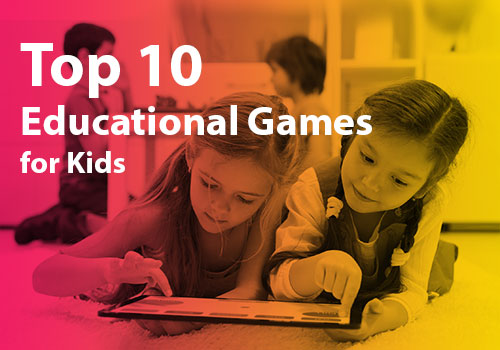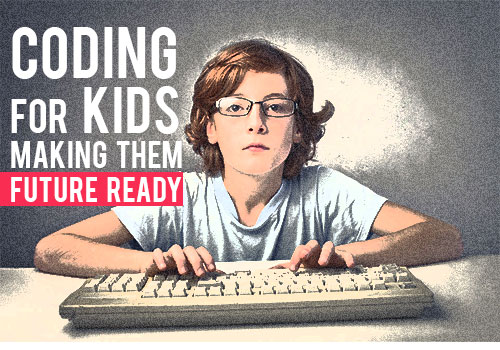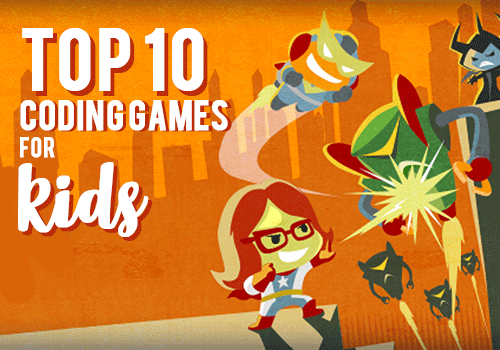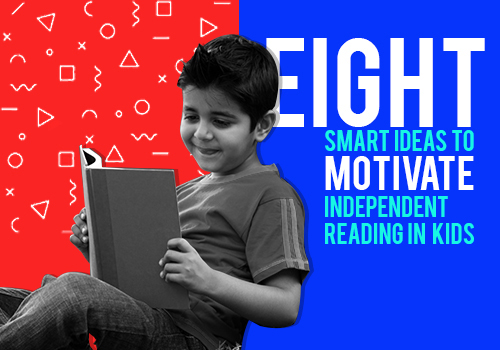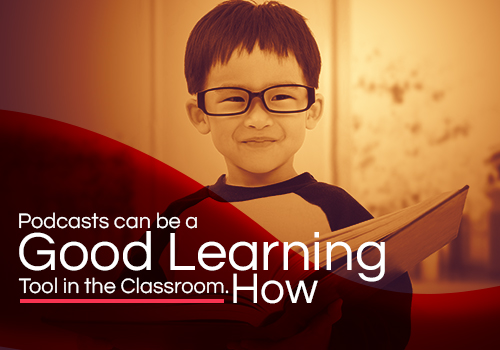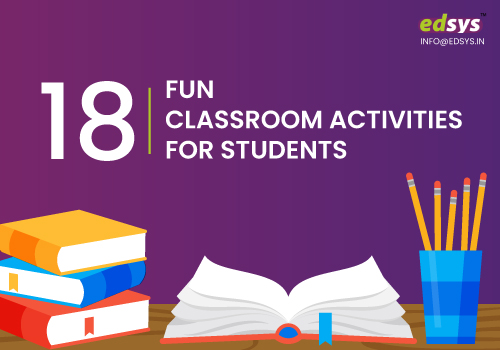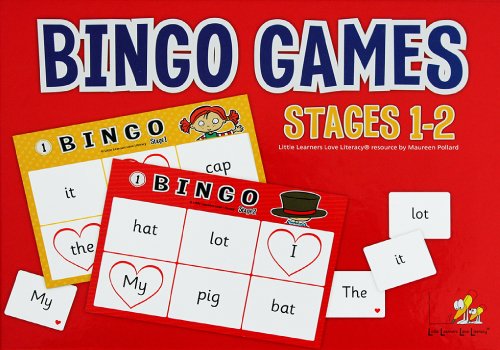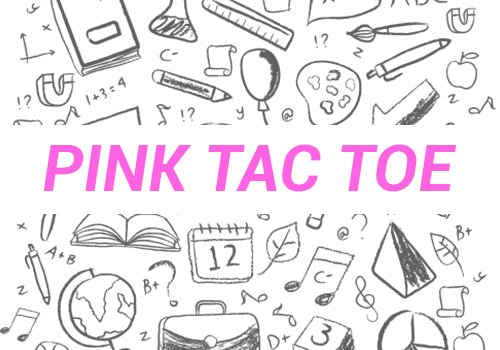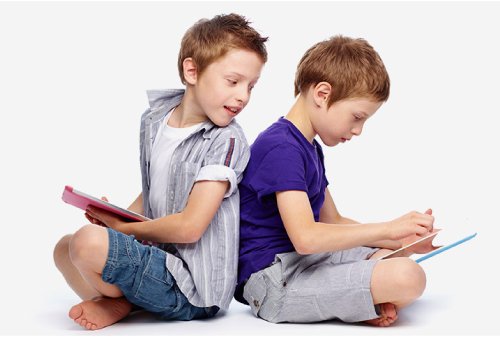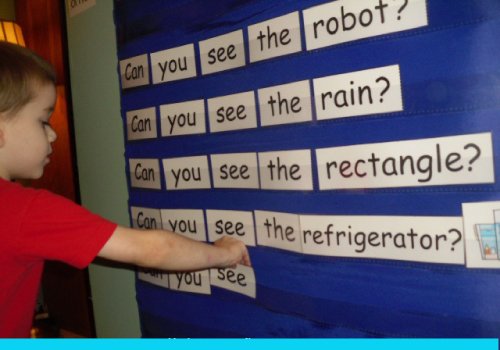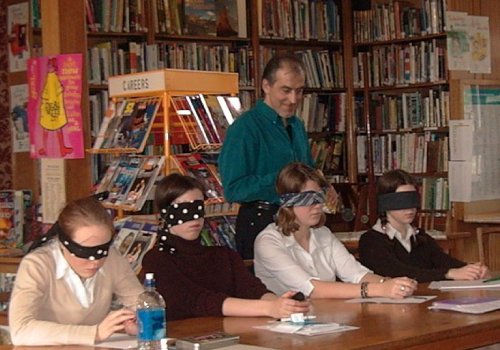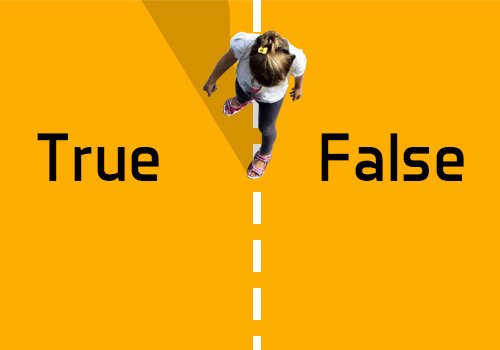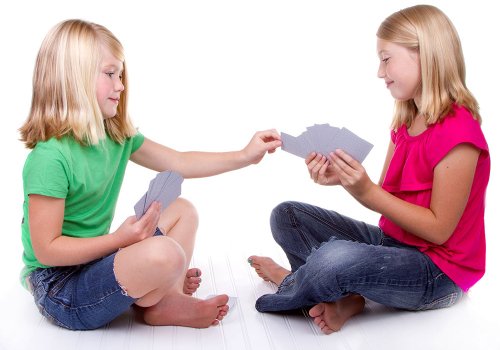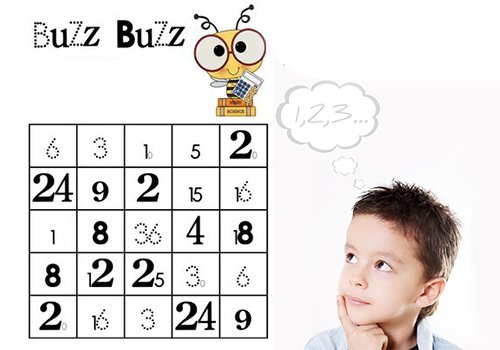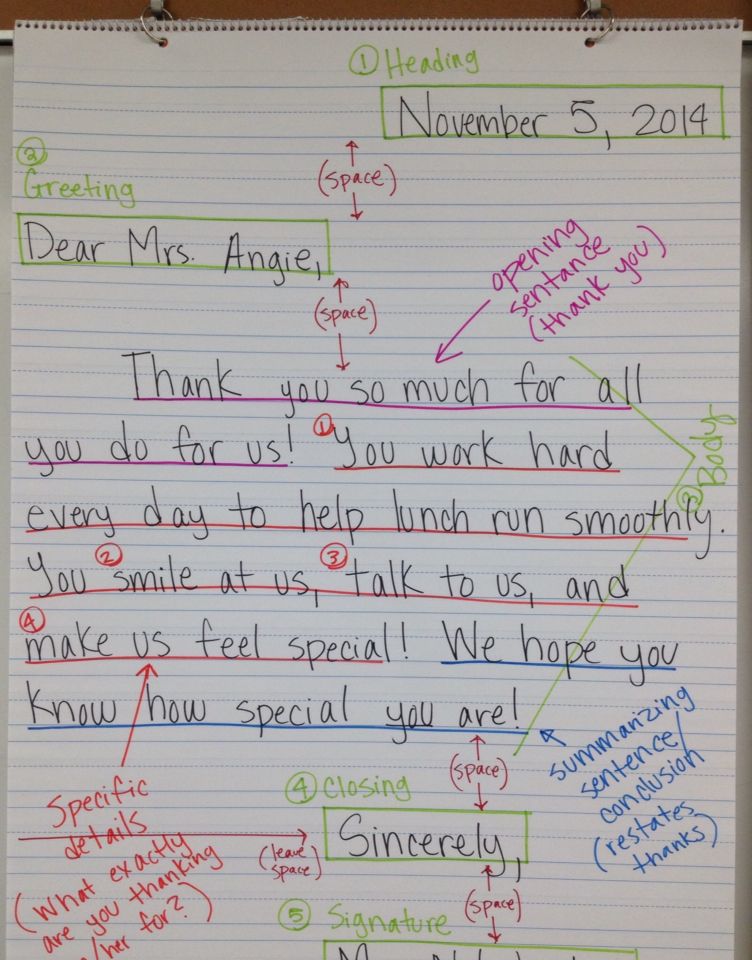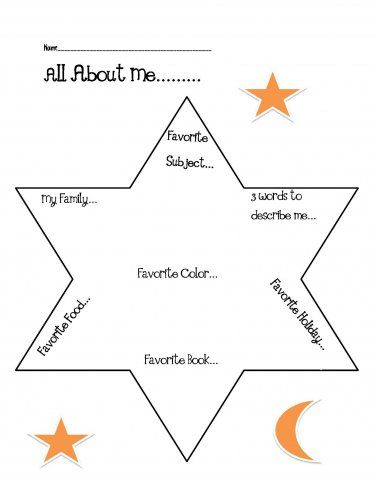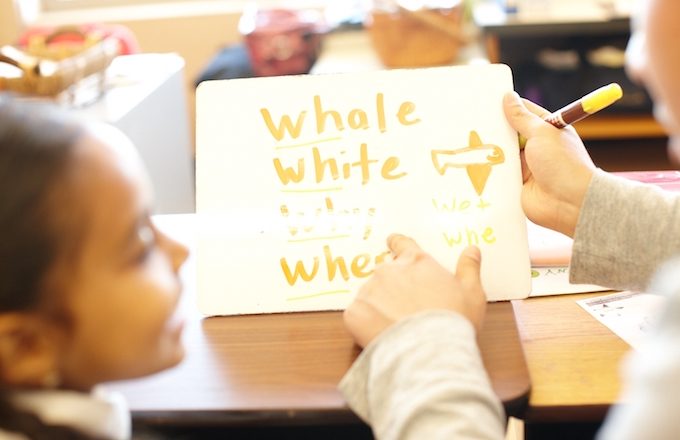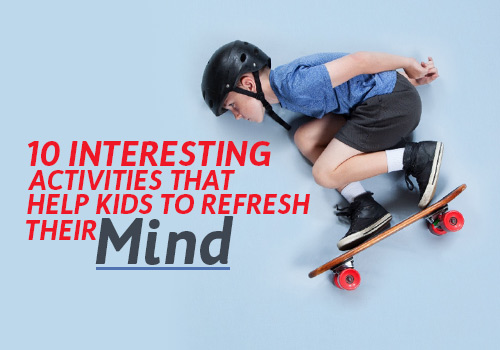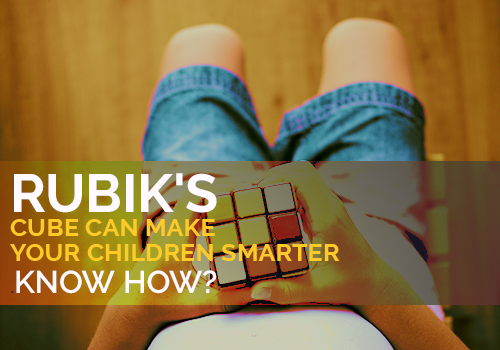Creativity and innovation are two sides of a coin which can create wonders in whatever endeavours you are up to. When creativity is the generation of ideas through Critical Thinking, innovation is the phenomenon of putting ideas into practice.
Knowing the importance of both, many enthusiasts have produced awesome books that shares the ideas, experience stories, foresights and everything on creativity and innovation.
Many of these books have played the role of a helping hand for youngsters to enhance their outcome out of creativity and innovation. This ranges from expanding their horizons to enhancing their perspectives on diverse topics.
Here let us have a look at some of the amazing books among them which can help you make a positive difference to your success story.
1. Wired to Create: This is an awesome book on creativity from the pen of Scott Barry Kaufman and Carolyn Gregoire. Have you ever wondered what the creative people do differently that makes things work for them? This book offers an empirical look into this matter and helps you discover the most important elements to foster creativity.
2. The Act of Creation: Any youngsters or enthusiasts who are looking to generate better ideas on their endeavour can pause some time to go through this amazing book from Arthur Koestler. The author has identified a basic pattern in common for any act of creativity and he has beautifully portrayed it in his book by detailing this pattern across many disciplines.
3. The Accidental Creative. This inspiring book from Todd Henry is a quick and entertaining write up on triggering brilliant ideas with just a moment’s notice. This book teaches youngsters about the effective practices that can augment the creative process. This book enables you to create ideas on demand and help you understand the significance of developing stimulating relationships that triggers creative insights.
4. Creative Cognition: Theory, Research, and Applications: This is one of best books from the field of cognitive psychology which was a group effort by Ronald A. Finke, Thomas B. Ward, and Steven M. Smith. They have showcased how creativity is a flow back of ideas from the point where one thinks. They have shared some surprising claims on this book and the ideas are backed by their research and experiments.
5. The Ten Faces of Innovation by Tom Kelley: This amazing book from the authors, Tom Kelley and Jonathan Littman helps you understand how enterprises can identify their actual potential and make the best use of it to foster an innovation culture. The ten faces of innovation including quality stories, experiments and a lot other elements absolutely help you drive 360-degree innovation.
6. The Creative Mind: Myths and Mechanisms: This write up from Margaret A. Boden is mainly focused on debunking diverse wrong-headed notions and myths with regard to creativity and innovation. Have you ever thought about automating the creative act? This book has a clear picture of making it happen with just a few tricks and tips.
7. Making Ideas Happen: Having ideas is not just enough but making it happen is the key. Scott Belsky guides people on how to do this with this awesome book. It is rich with ideas on how to merge creativity with productivity to make the best out of the strategies. This book points out that execution is a skill. It highlights the need of building your organizational habits in the process.
8. Mastering the Dynamics of Innovation: This masterpiece from James M. Utterback is a true inspiration regarding the notion of disruptive innovation. He has made it clear on how innovation can alter any industry for good or for worse. The ideas from this book can change your perception of approaching innovation.
9. Powers of Two: This great book from Joshua Wolf Shenk simply highlights the importance of team work in creativity. if you are looking for a book to show how a team effort can make a positive difference, this is just the one!.
Sharing of ideas, challenging the off sides and rebuilding it together give you positive results and the book profiles great teams and lessons learnt.
10. Disciplined Dreaming: A Proven System to Drive Breakthrough Creativity
This good read from Josh Linkner showcases how a step by step procedure can make creativity an easy element for your personal and professional life. He has backed this strategy by a handful of proven results. The readers can come across some fresh thinking and easy-to-follow framework to foster organizational creativity. The insights of this book can help you define creativity in its simplest way possible.
11. Out of Our Minds: Learning to Be Creative
Ken Robinson has brilliantly discussed diverse means by which creativity is ignored and undervalued.
He points out the fact that being creative is a necessity to survive in today’s world. Leaders can use the strategies to induce and sustain the creative elements of their team.
12. The 7th Sense: Through this book, William Duggan inspires us to use our unseen sense to produce novel and useful ideas. In order to help you develop creativity as a habit, the book is rich with a range of practical exercises and worksheets. The book clearly focuses on how a flash of idea or insight can change your life. He inspires youngsters to use power of the seventh sense to change the world for a better cause.
13. A Whole New Mind: This inspiring book from the pen of Daniel Pink showcases the fact that creativity is one of the few things that cannot be outsourced. This also discusses on the tips and tricks and constant practice of how to grow your creative thinking. He helps the readers to identify the actual essentials for personal fulfilment and success and the ways to master them.
14. The Myths of Innovation: There are several myths that surround the process of innovation and Scott Berkun has dismantled many of them through his book. The book is at the same time entertaining with lots of anecdotes and case studies regarding the same. He also discusses sources of new ideas, choosing the right problem to solve and how great managers trigger innovative ideas.
15. The Invisible Advantage: How to Create a Culture of Innovation: This best business book at the International Book Awards was penned by Soren Kaplan that showcases the importance of free thinking. Executives and team leaders can make a remarkable difference in their strategies by referring to this book which overflows real-world world examples, case studies and practical tips. Moreover, it even comes with a toolkit that comprises questionnaire, videos and interview guides.
16. Thinkertoys: This is a fun book from the author Michael Michalko who shares his brilliant thinking on coming up with exclusive ideas and how to make it practical in your business endeavours and personal lives. Readers can get ideas on amplifying creativity intuitively and the interesting analogies, exercises and stories help you foster practical brainstorming.
17. Innovation and Entrepreneurship: This classic book from Peter Drucker show how innovation and entrepreneurship can be built through practice and discipline. He is well accepted for his management strategies as many of his insights came true over the years. The book is rich with examples to sketch out systematic innovation. A budding entrepreneur can use this master piece as a handbook of the dos and don’ts of innovation.
18. Creative Intelligence: This amazing good read from a leading thinker, Bruce Nussbaum gives an insight about using creativity as a tool to foster cultural literacy and as an aid to problem-solving. Through a range of insights from diverse areas such as psychology, design, education, and business, the book teaches you on how to use creativity to drive innovation.
19. Imagine: How Creativity Works: This is a truly inspiring good read from Jonah Lehrer that highlights the fact that creativity is not just a lucky element for a few people but possessed by everyone. How we use our distinct thought processes more effectively is what that matters the most. He gives utmost support to make daydreaming more realistic and shares the importance of thinking like a child. Moreover, creative collaboration can be a key and criticism will be an essential element for the process.
20. The Agile Mind : How Your Brain Makes Creativity Happen
Several notions prevail in the world regarding few minds being blessed with the gift of creativity. This and many other preconceptions about how the brain actually functions to churn out creative ideas are clearly unveiled in this book. The Author Estanislao Bachrach presents a host of techniques to enhance our imagination and originality. Not just to make new things happen, but this will surely help you to find creative solutions to challenges.
These books are just a few among the many that help many youngsters to redesign their thoughts .
The great success stories and experiments on the subject from brilliant authors have marked a difference in the way people see the possibilities.
The right mix of old, the new, and the most brilliant ideas come from these awesome books and anyone who can make the best out of it can experience remarkable success in the near future.

